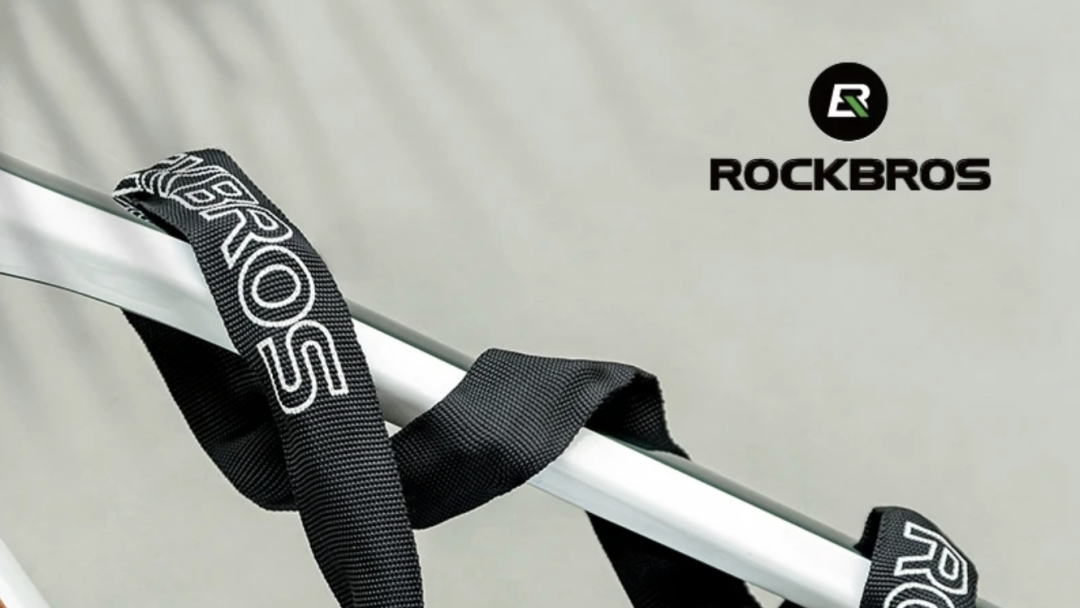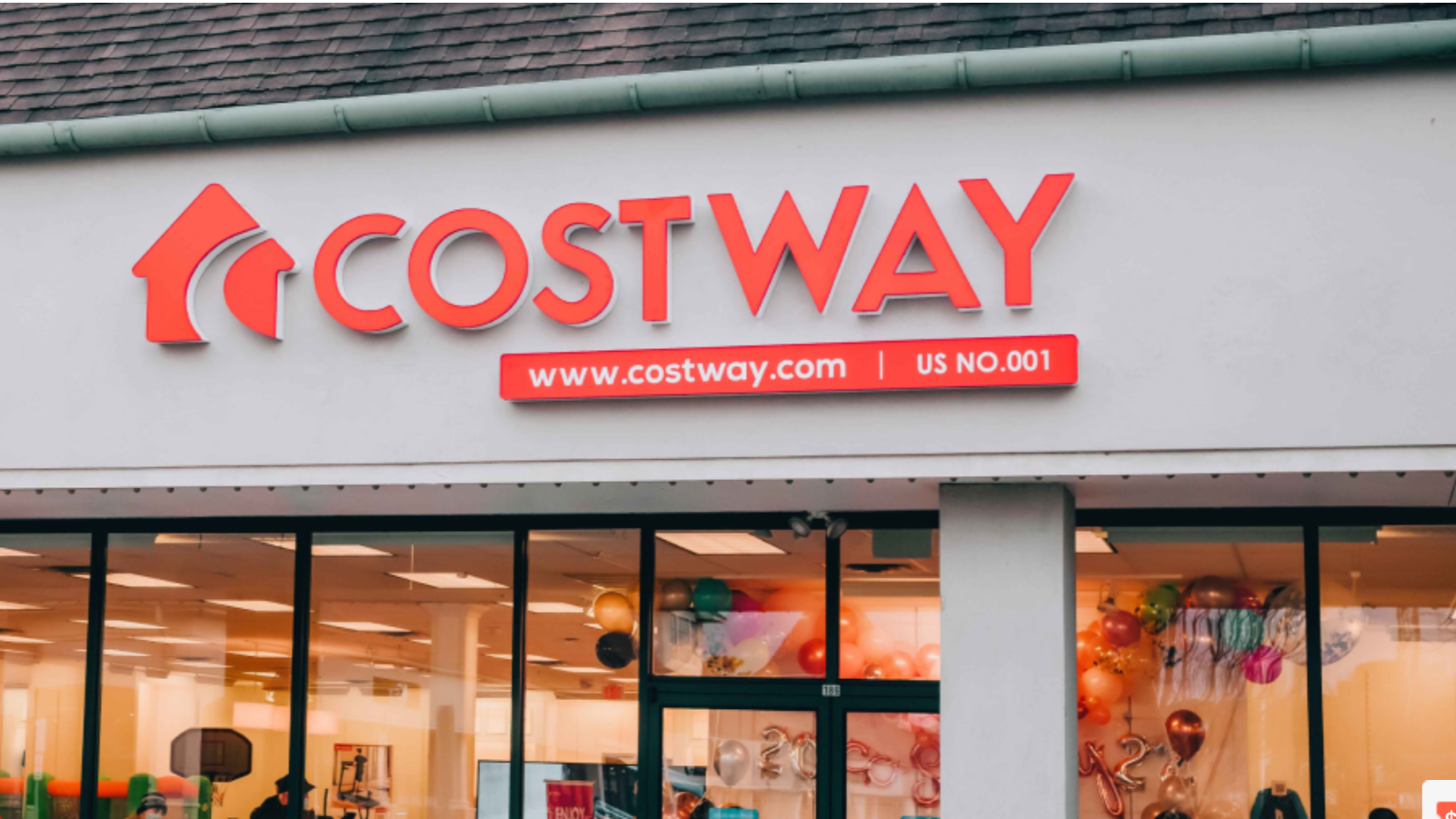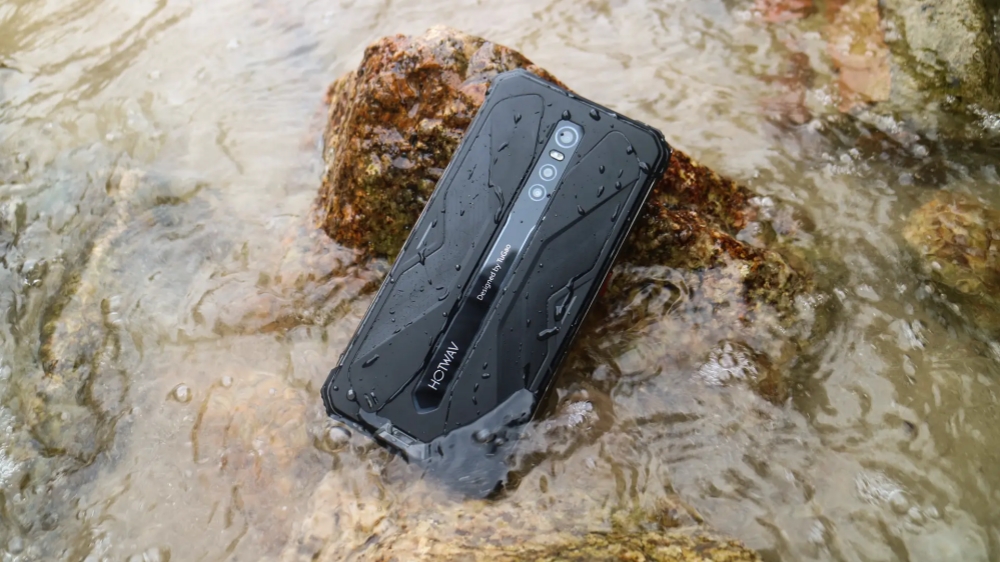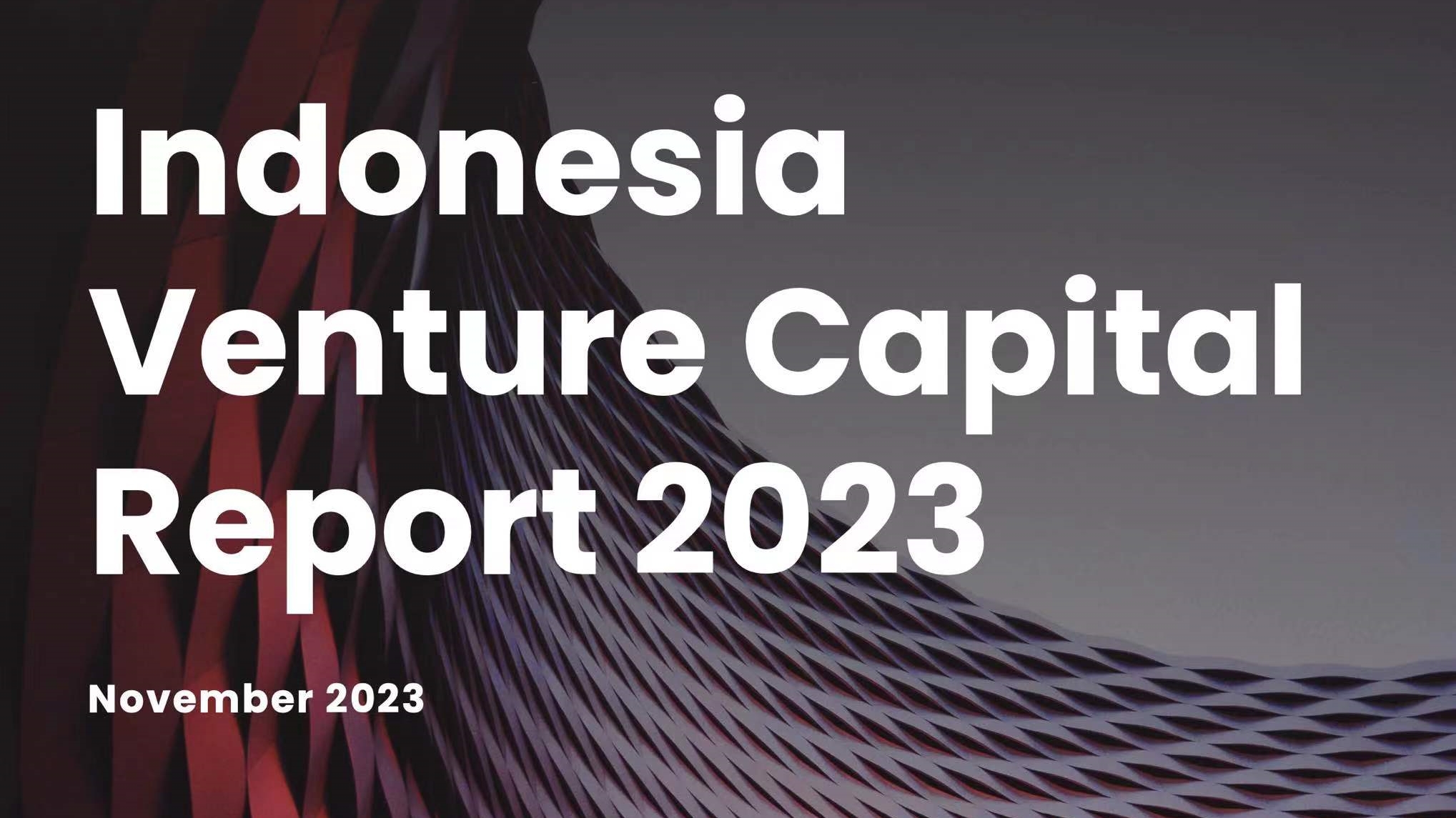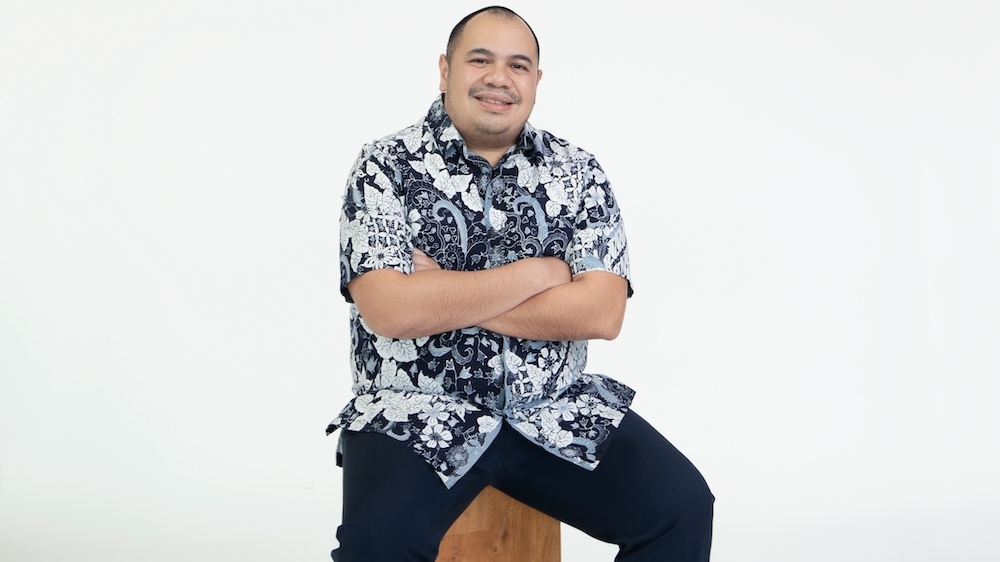{{!completeInfo?'请完善个人信息':''}}
精准高效领先的融资对接服务
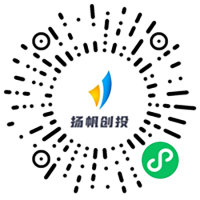

For cross-border e-commerce brands, there is no such thing as a fixed and stable framework in any product category.

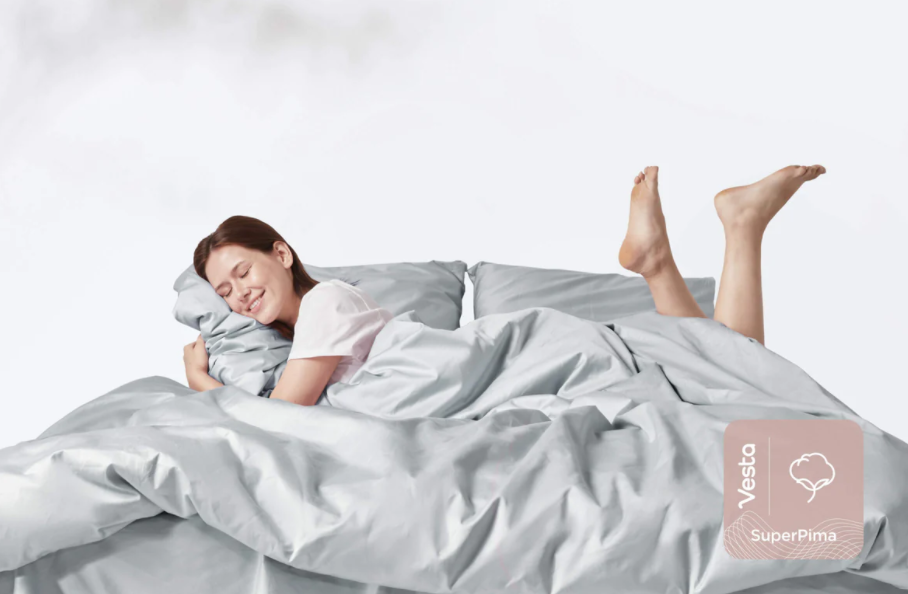
For cross-border e-commerce brands, there is no such thing as a fixed and stable framework in any product category. Even in seemingly mature categories, if your product addresses the users' pain points effectively, there's still a substantial opportunity to carve a niche market within larger categories. Vesta, a Chinese brand venturing into international markets, serves as a success model. In just three years, it has made a name for itself in the European and American home textile category.
Following the footsteps of successful brands like IKEA and MUJI, Vesta, a relatively young player, has carved its own path. Often referred to as the "lululemon of the home textile industry," Vesta targets emerging middle-class consumers in Europe and the United States. By focusing on high pricing, environmental concepts, and other themes, Vesta has generated a wave of enthusiasm among this demographic. What are the key takeaways and strategies that can be directly applied to achieve such success?
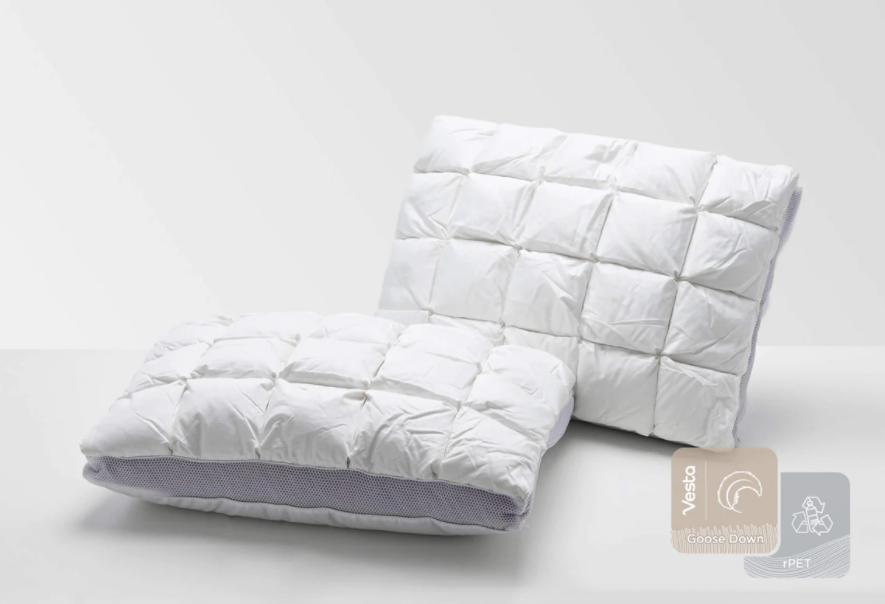
Part 1: $2,000 Comforters Have a Market in Europe and America - What Has Vesta Achieved?
Vesta was founded in May 2020, and it is a brand primarily focused on high-performance eco-friendly materials. The brand offers a range of over 30 products designed for various household scenarios, including sleep and bathroom cleaning.
Vesta's primary marketing channel is its independent website, and within the industry, it's considered a fast-growing DTC (Direct-to-Consumer) brand. It initially launched in the American market, largely influenced by the fact that Vesta's founders were living and working in the United States.
Looking at their product lineup, one of the notable revenue achievements for the company was their first product, the Temperature-Controlled Duvet, which generated over $300,000 in pre-sales in its first month. This duvet is priced starting at $299 and has received a remarkable 98% positive customer rating. In May 2021, Vesta introduced its second product, the Composite Density Pillow, which achieved sales of $1.1 million shortly after its release. These achievements are quite impressive for a relatively new brand in the market.
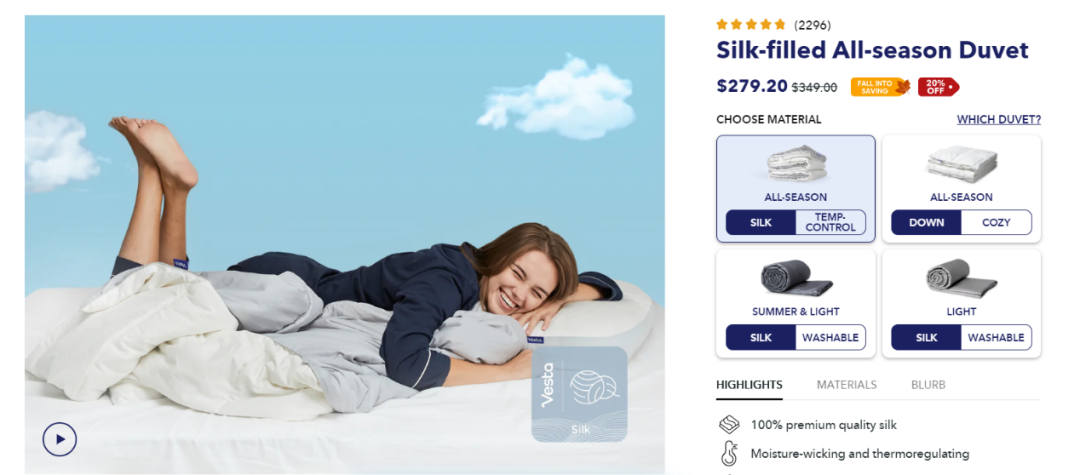
Among the products available for sale on Vesta's independent website, it's evident that some of their best-selling items come at relatively higher price points.
Their best-selling down duvet is priced at $279 USD (approximately ¥2035 CNY), while the most popular special offer towel is listed at $63.2 USD (around ¥460 CNY). Even the discounted Super Bamboo™ Sleep Mask is sold for $39.2 USD (about ¥285 CNY). These products have achieved good sales figures. For instance, the down duvet priced at over ¥2000 CNY has garnered 2296 reviews on the independent website, with 91% of users giving it a five-star rating.
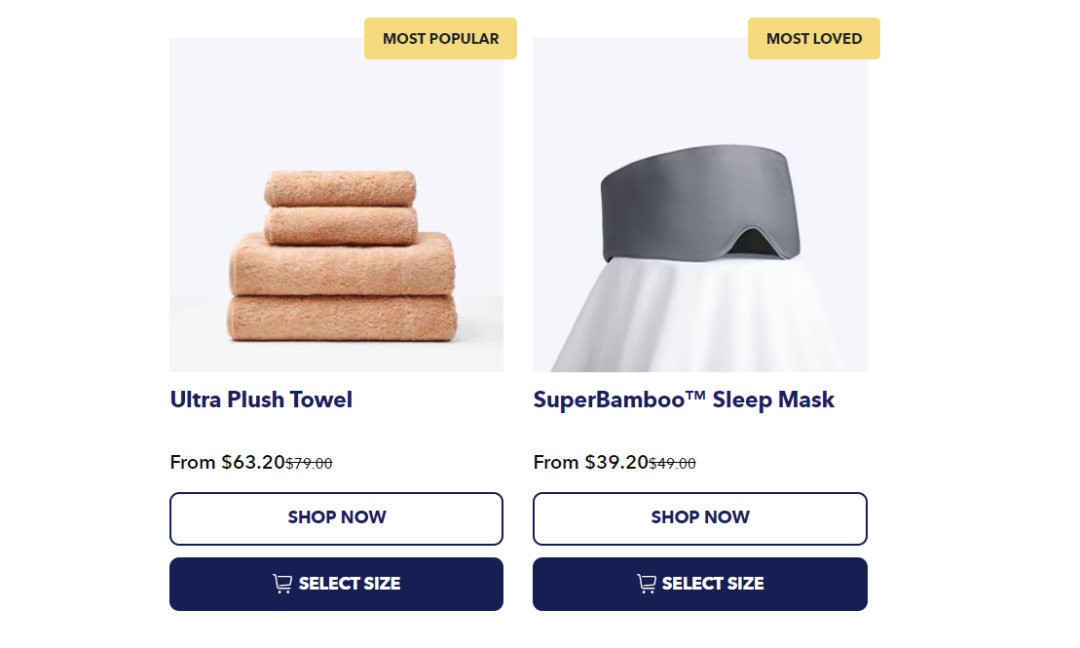
In the eyes of Gu Zhenyu, the founder of Vesta, this high-premium product positioning for the American middle-class demographic differs significantly from the domestic market audience, and they have a strong confidence in their understanding of market entry points, target audiences, and pricing. This judgment has been proven to be feasible.
Over the past three years, Vesta has received multiple rounds of financing from top-tier institutions such as Sequoia China, Xianfeng K2VC, and Sky9 Capital. Gu Zhenyu, the founder and CEO, has stated that the funding primarily supports research and development of new materials, diversifying their product categories, and brand building.
Analyzing Vesta's brand through its developmental journey, we aim to find answers to several questions:
With a target audience of the American new middle class, how does Vesta dissect user demands?
By maintaining a focus on supply chain, how does Vesta successfully build a supply chain and carry out brand marketing?
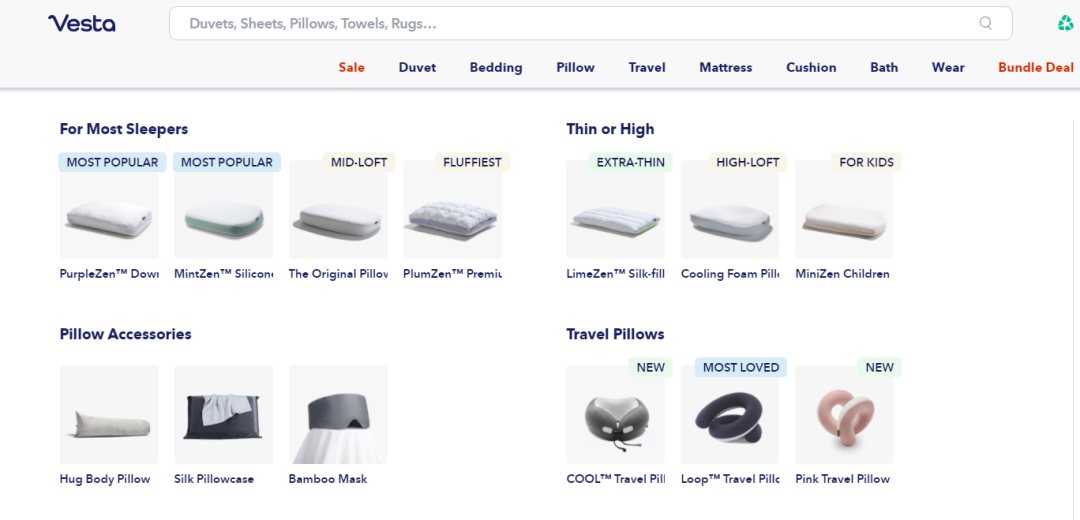
Part 2: Targeting the Emerging Middle Class - Vesta Hits the Mark with Consumer Demands
The Pew Research Center's studies indicate that by 2023, the annual income of middle-income Americans, when not considering local living costs and family size, will range from $38,133 to $114,400. The income level of the American middle class is considerably higher than that of other countries.
This helps us understand why, in the eyes of Gu Zhenyu, the founder of Vesta, spending a little over $200 on a duvet in the United States is not considered a luxury-level expenditure. When the target audience is middle to high-income individuals, the market for premium products like Vesta becomes quite clear.
What are the consumption demands of the middle class in the United States, who have a relatively high level of disposable income?
Emerging middle-class individuals often enjoy a comfortable living environment, significant economic security, and a degree of work autonomy. They typically have higher levels of education, and these characteristics influence the middle-class group. They tend to have specific requirements for their quality of life.
Understanding the needs of such a user group, Vesta has positioned itself at the threshold between "whether or not" and "ultimate or not." These middle-class consumers have more spending power and a heightened awareness of consumption, pushing the brand toward a concept of high premium and high quality.
Purchasing power is the external expression of consumer demand. High-premium products correspond to the higher purchasing power of the emerging middle class. This provides Vesta and similar brands with a broader scope for innovation in product development.
As a provider of home textiles, Vesta places a strong emphasis on fabric research and development. They use various environmentally friendly materials such as bamboo fiber and water-washed silk. They opt for degradable materials like eucalyptus fiber and seaweed fiber in product selection. In terms of design and craftsmanship, Vesta fosters innovation and has been recognized as a "game-changer" in the home textile industry by Entrepreneur magazine.
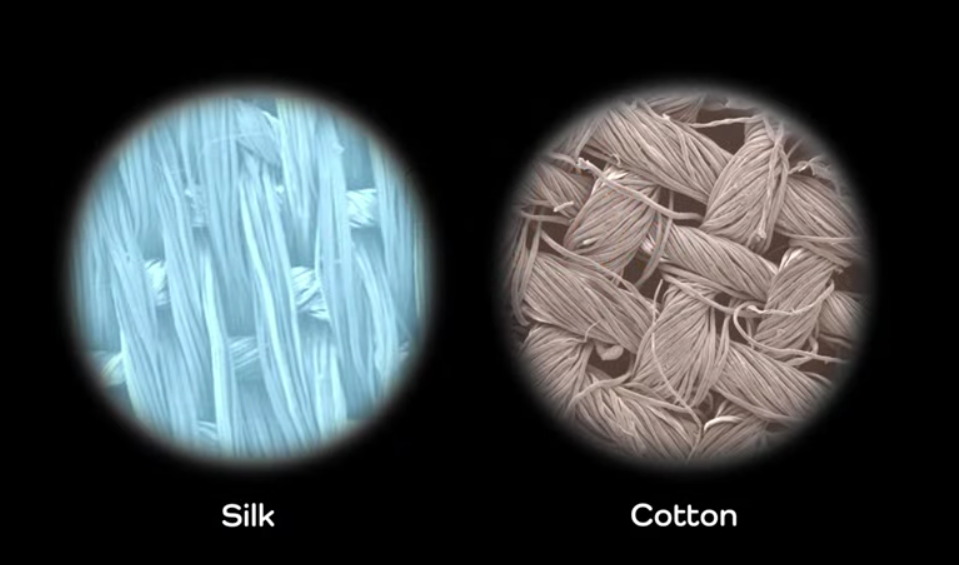
Material innovation and a focus on natural, high-quality products have undoubtedly helped Vesta raise the bar when it comes to product quality and user experience. From a product and technology standpoint, this approach is building a strong competitive advantage.
Another reflection of consumer demand is forward-thinking consumer consciousness. People in Europe and the United States are more environmentally conscious, and in this regard, Vesta has made significant efforts to cater to consumer awareness. Take product packaging, for example: Vesta chooses recyclable materials for packaging and designs structures that can be reused. These packages serve not only as basic packaging but also as storage solutions in daily life.
Gu Zhenyu once cited a Vesta four-piece bedding set package as an example. It can be used as a travel bag for business trips or a daily commuting bag for women. The cotton-lined box for duvets can double as a laundry hamper, and the pillow's packaging can be turned into a laundry bag. This goes beyond simple sustainability; it's about fulfilling user needs across multiple scenarios.
The concepts of biodegradability, sustainability, and reusability are integrated into product design and development. Approaching product design from an environmental and sustainability standpoint makes Vesta more appealing to European and American middle-class consumers, aligning well with their consumption demands.
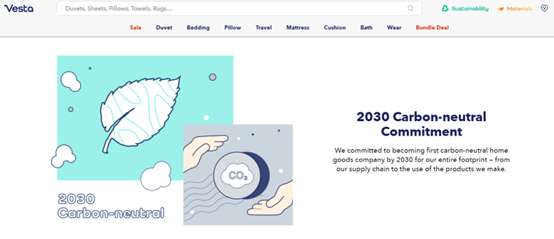
By fundamentally breaking down consumer demand and applying it to product design and brand marketing, Vesta has a unique approach to understanding and fulfilling user needs to the highest degree. This approach is evident in Vesta's customer acquisition methods.
During the product dissection process, Vesta is capable of breaking down a single duvet into more than a hundred small details. They then study each detail meticulously to find innovative solutions for upgrading each one.
After analyzing and researching their products, Vesta adopts a method of testing low-priced products on a small scale. They conduct trials within a limited audience to assess the impact before deciding whether to proceed with mass production.
In this regard, Vesta shares a notable similarity with lululemon, which excels at using community-focused small groups to test their products, gather feedback, and optimize designs for single products.
The process of identifying the target user base, analyzing their needs, innovating based on those needs, and obtaining positive feedback enables Vesta to have a strong grasp of user demands throughout the entire production and sales process. This, in turn, helps enhance product value and shape the brand's positioning.
Part 3: Making the Brand "Heavy" and Marketing "Precise"
From a consumer goods perspective, the home textiles category to which Vesta belongs may not be considered a heavyweight consumer product. However, since its inception, Vesta has chosen to build a "heavy" supply chain and placed a greater emphasis on "precise" customer acquisition channels.
This "heaviness" is derived from its self-built warehousing and logistics capabilities. Vesta has remained committed to its positioning, deeply focusing on its independent platform while maintaining its identity as a mid-to-high-end brand. However, in the European and American markets, preserving brand uniqueness and ensuring high profitability, especially for premium brands like Vesta, inevitably involves "heavy" aspects like warehousing and logistics.
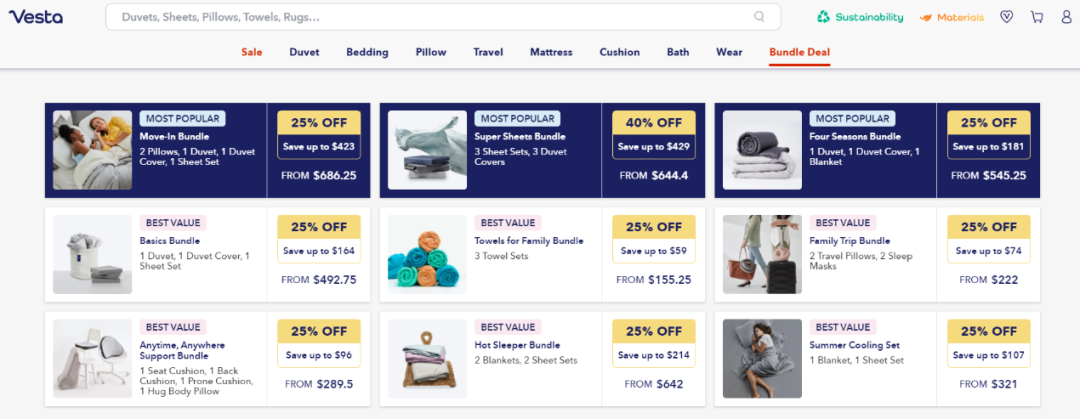
Vesta places a high value on building its entire supply chain, as mentioned by its founder, Gu Zhenyu: "In the middle to later stages of brand development, the differences such as having a complete supply chain system, self-built warehousing and logistics, customized ERP middleware, and a self-designed e-commerce platform will become increasingly prominent, creating barriers and long-term assets."
Vesta has self-built its logistics and warehousing, covering everything from staffing to logistics personnel and vehicle arrangements, including forklifts and trucks. The company has comprehensively designed the entire logistics process and has established multiple warehouses in the United States. This year, Vesta is also upgrading its intelligent shelves and expanding self-operated mid-range logistics (from port to warehouse end). Moreover, it is establishing warehouses in European and Australian markets.
In terms of software capabilities, since its primary sales channel is the independent platform, Vesta has redesigned the entire platform. It retains Shopify's native order management system and designs its own UI interface and various functions. It utilizes AI recommendations and 3D rendering to help customers select multiple products in one go and strongly promotes bundled sales on its sales pages. This bundled sales feature gives customers more options for bundles, similar to package deals that can be discounted, and it provides opportunities for customers to reach minimum order requirements.
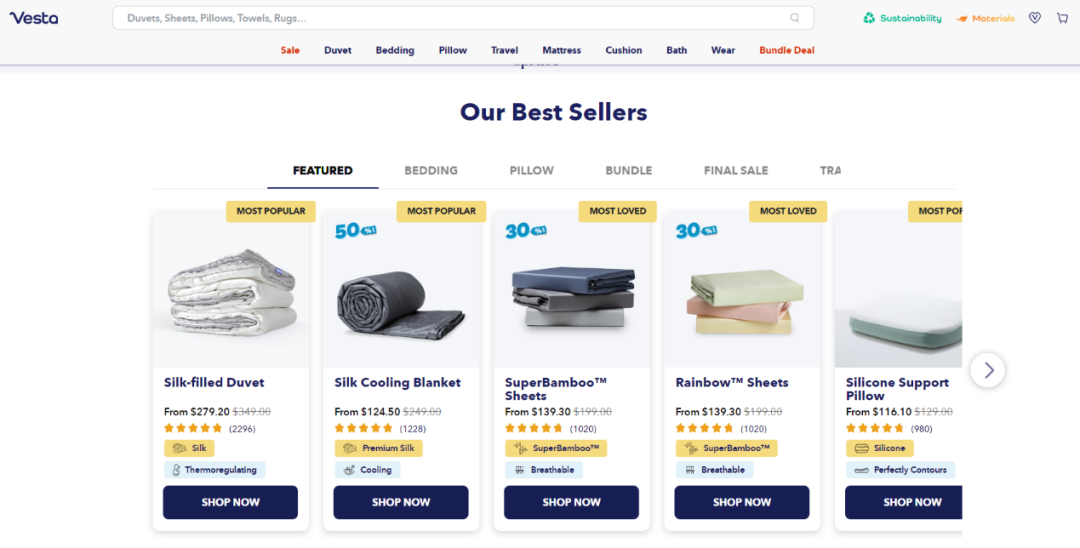
Building its own logistics and designing independent platforms not only enhances logistics efficiency and improves fulfillment capabilities but also elevates the overall user experience.
Rebuilding, precise marketing – how to make marketing more precise is often the first and crucial step for brands expanding into foreign markets. Gu Zhenyu once gave an example: In the marketing process, the team uses precise "tagging" methods to create a detailed user profile through over 100 tags. In the New York area, marketing campaigns can be precisely targeted to specific neighborhoods, reaching users of apps related to choosing private schools for kids, for instance.
This demonstrates a more precise targeting of the desired customer base, breaking down the specific advertising needs of various channels. The approach is not limited to popular channels such as Instagram, TikTok, Facebook, Google, etc. Their marketing strategy also involves platforms like podcasts, smart TV screen ads, Netflix splash screens, and large billboards on highways. They don't restrict themselves to traditional channels but consider the cost-effectiveness and user coverage across a wide range of options.
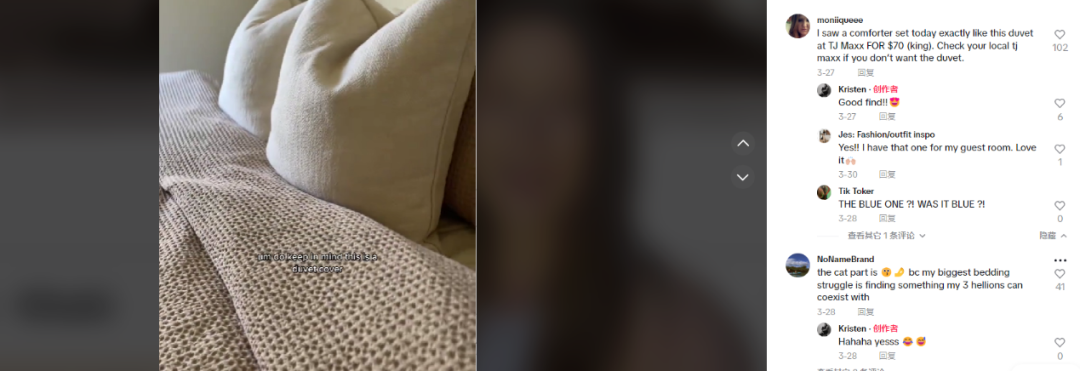
Whether it's mature products or test products, Vesta regularly collects user feedback and organizes user engagement activities through communities and more. They even conduct educational initiatives on eco-friendly materials and organize events related to emerging materials, using user feedback for product iteration.
On the other hand, brand value is at the core of Vesta's strategy. On Vesta's independent site, you can see that Vesta commits to becoming the first carbon-neutral home goods company by 2030, from the supply chain to product use.
Starting from an eco-friendly perspective and making it a fundamental brand value, this marketing concept aligns well with the preferences of emerging middle-class consumers in Europe and the United States. When you look at Vesta's down comforters, pillows, and other products from an eco-friendly and new materials standpoint, they become more than just sleep essentials. They represent an elevated quality and conceptual upgrade.
·END·
文章作者:Sailing Global
版权申明:文章来源于Sailing Global。该文观点仅代表作者本人,扬帆出海平台仅提供信息存储空间服务,不代表扬帆出海官方立场。因本文所引起的纠纷和损失扬帆出海均不承担侵权行为的连带责任,如若转载请联系原文作者。 更多资讯关注扬帆出海官网:https://www.yfchuhai.com/

{{likeNum}}
好文章,需要你的鼓励
文章热榜
 已关注
已关注
 关注
关注

微信号:yfch24
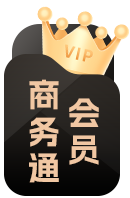


微信号:yfch24
小程序


公众号

社群








